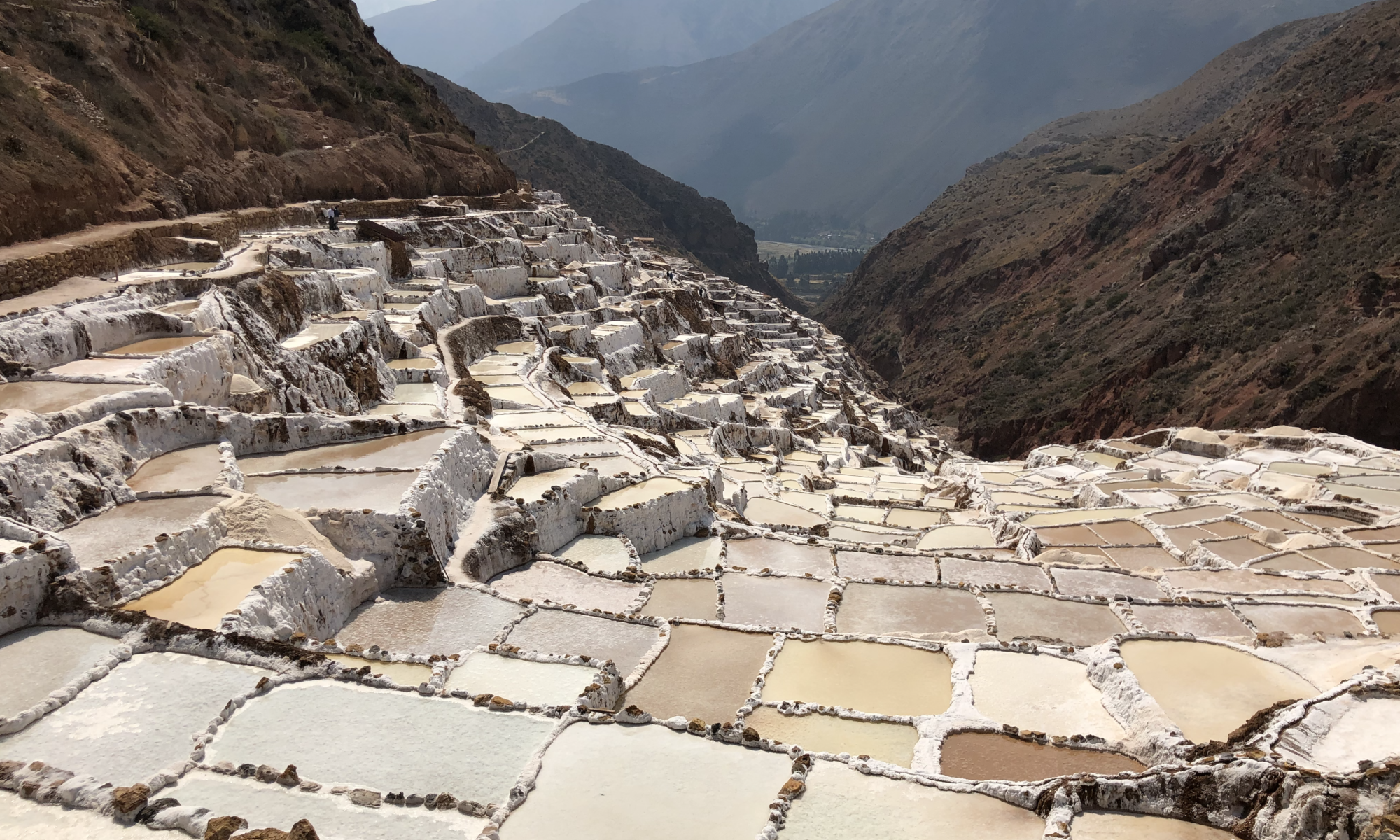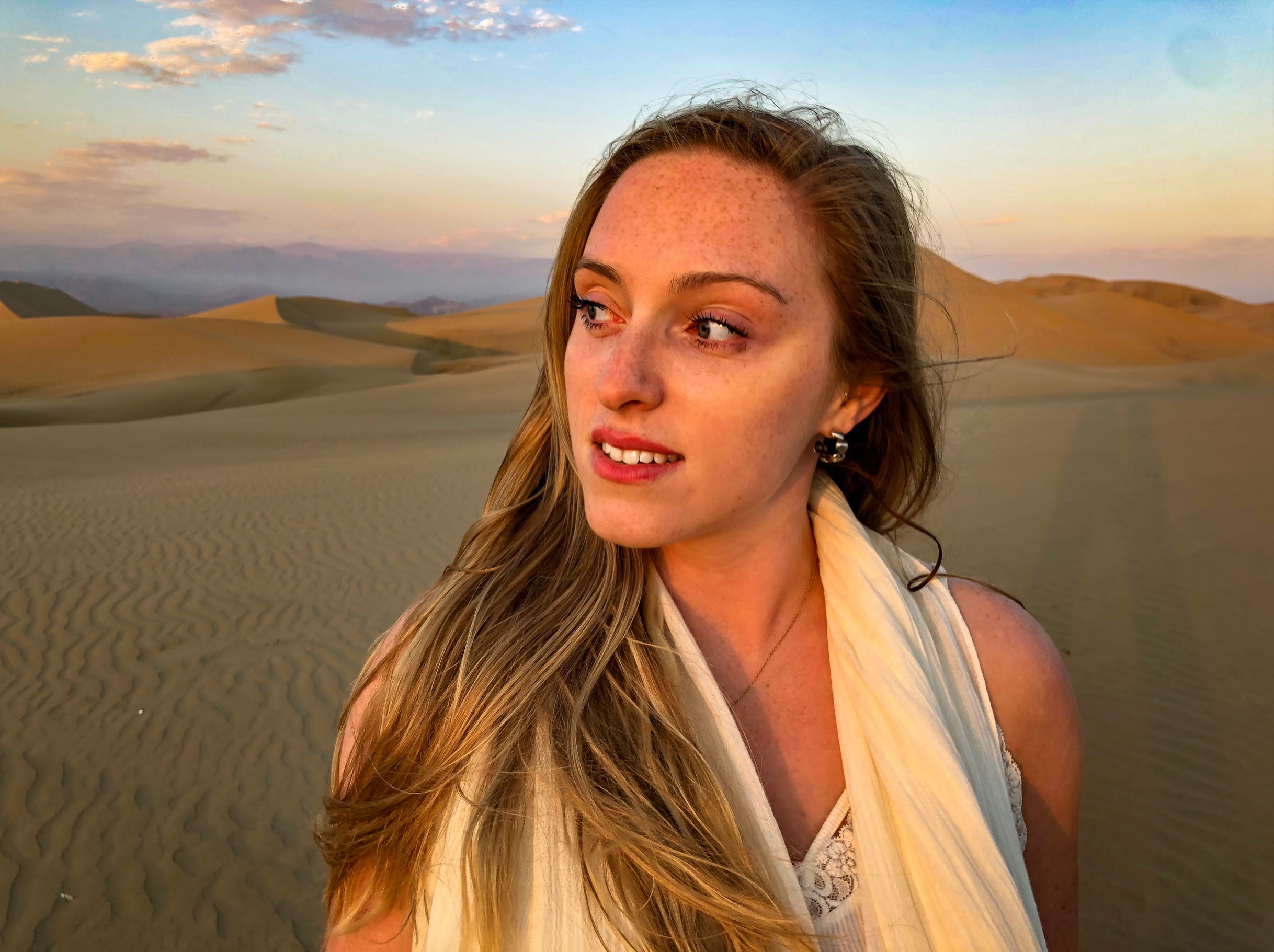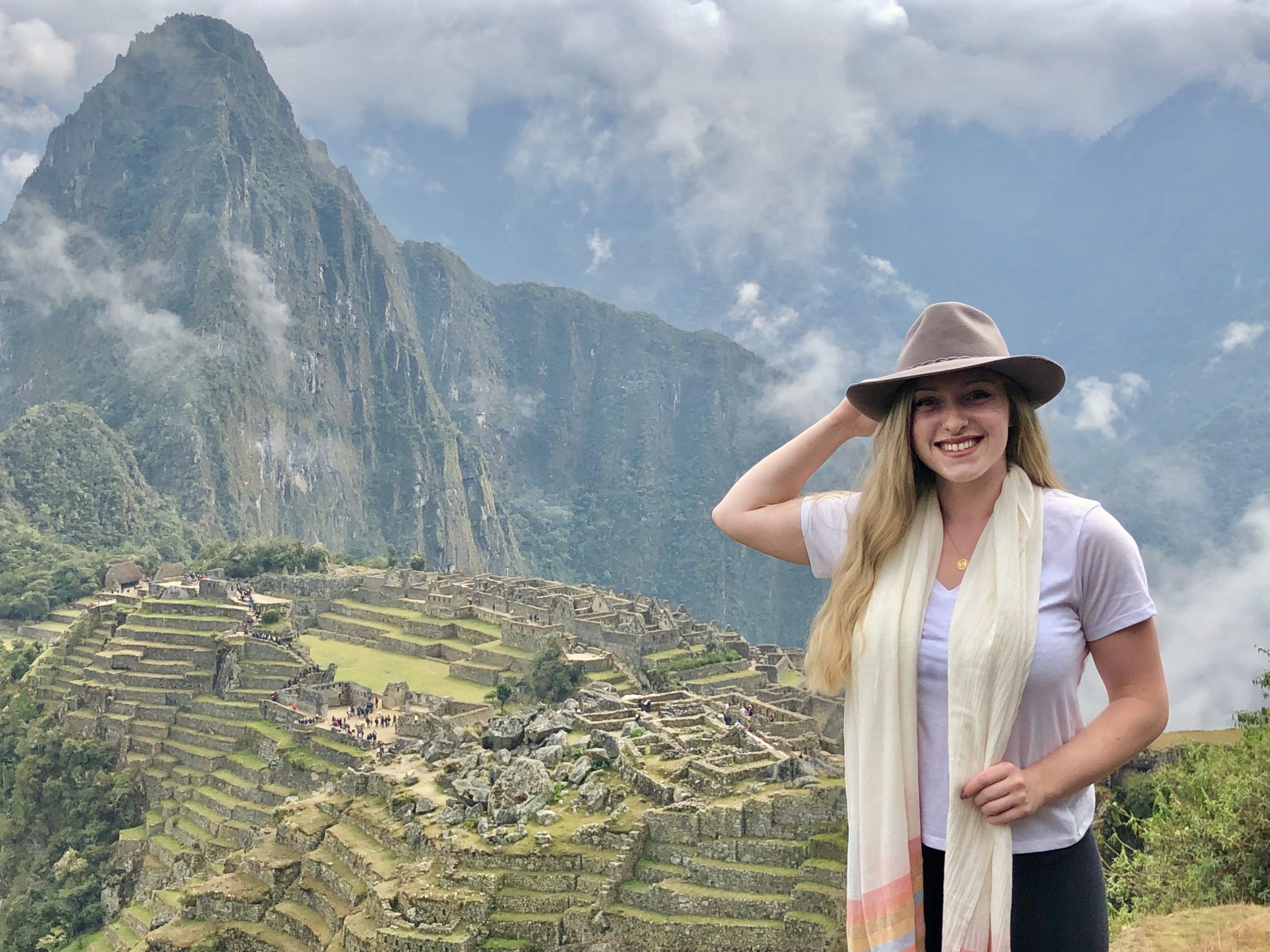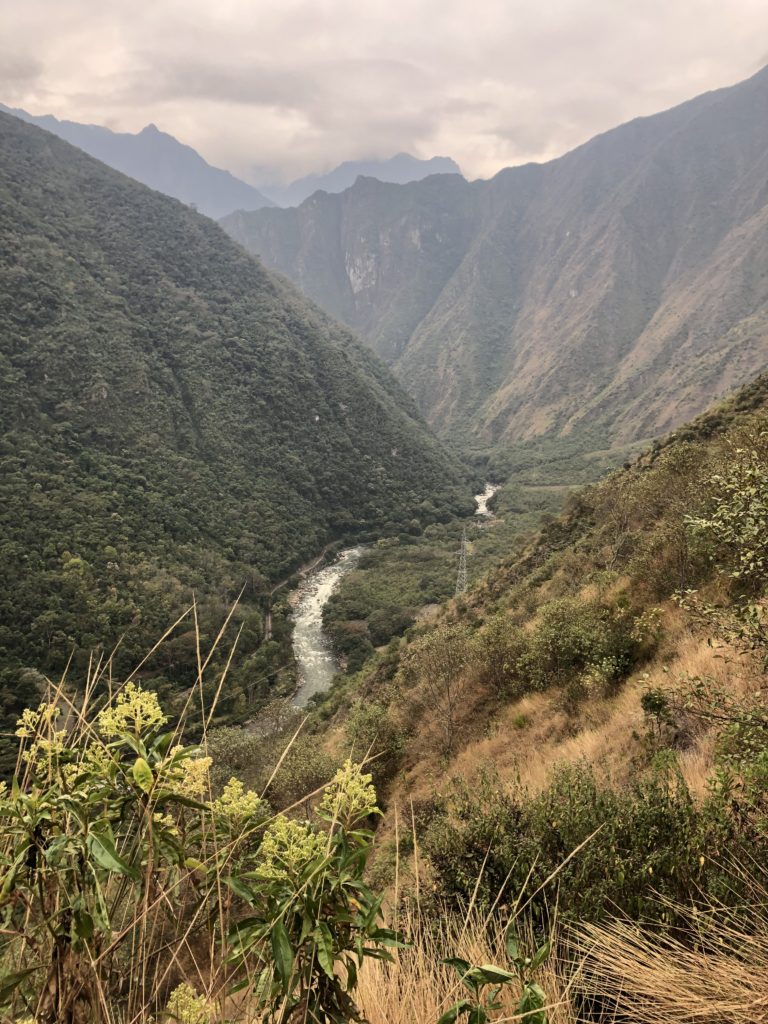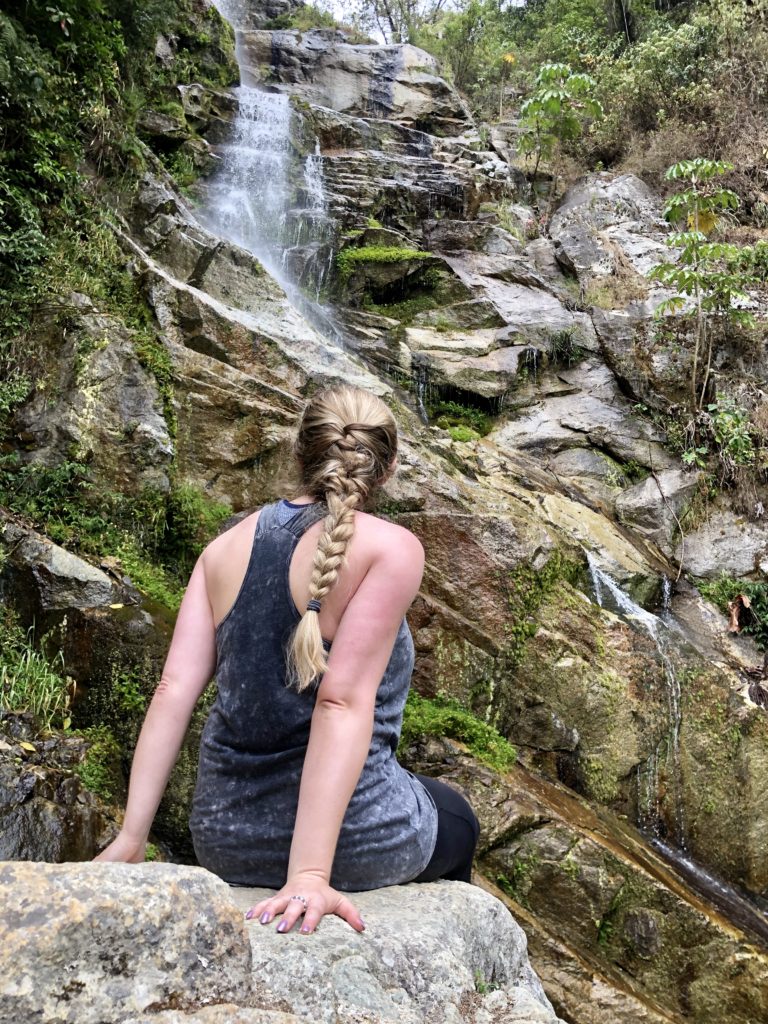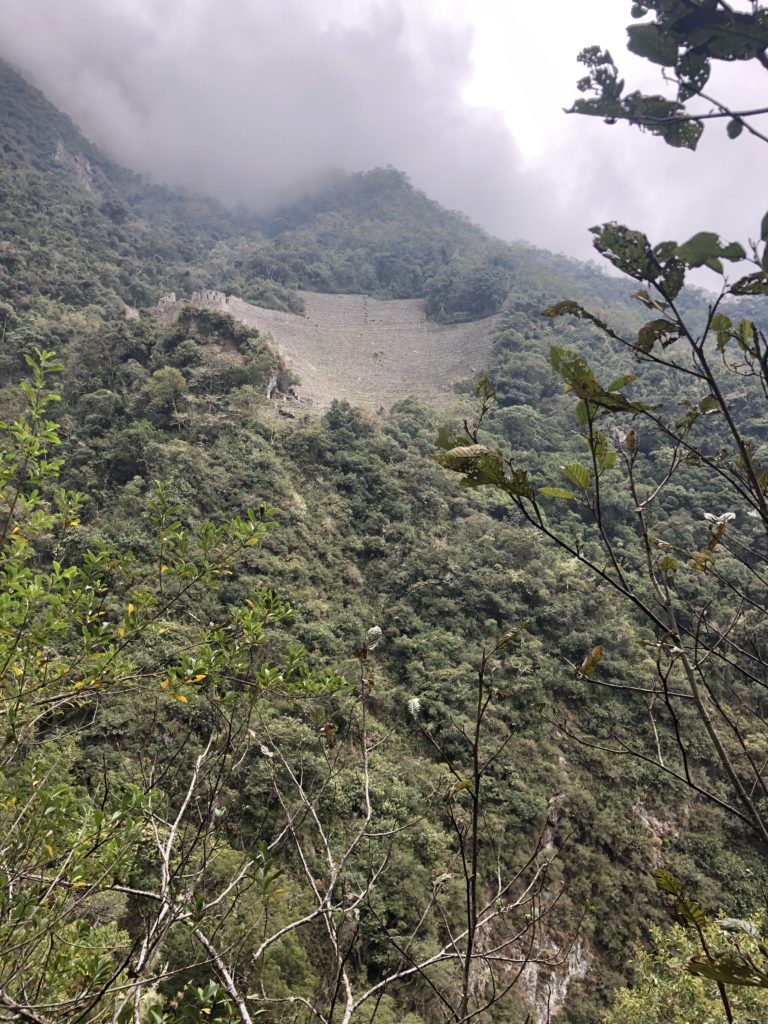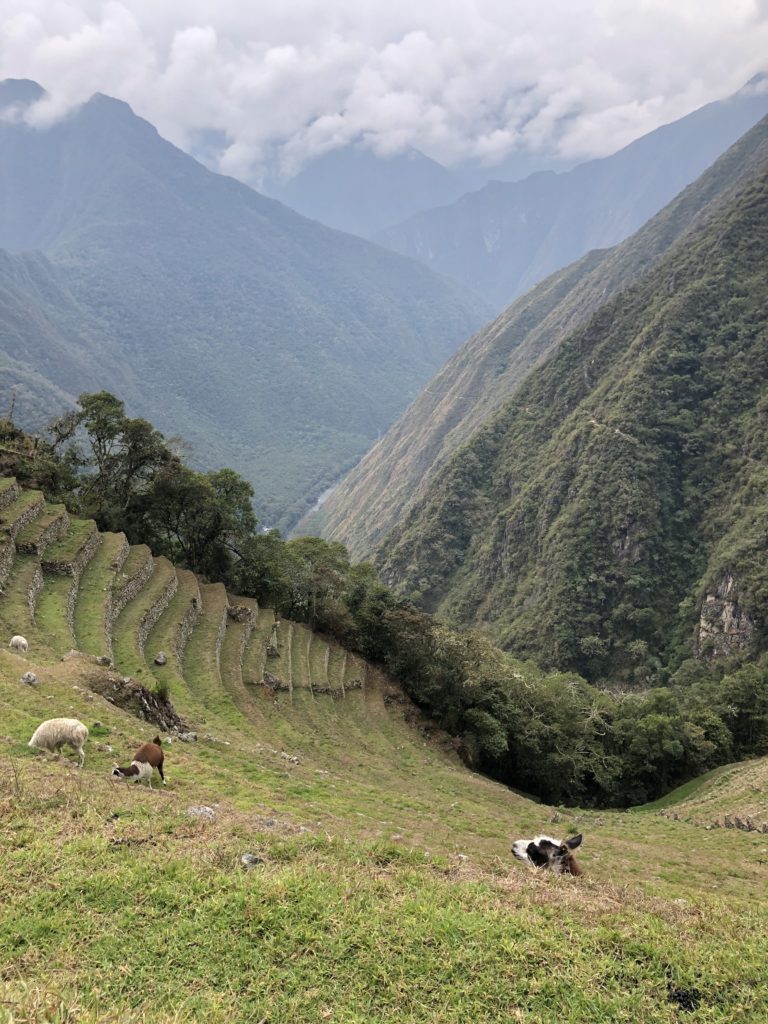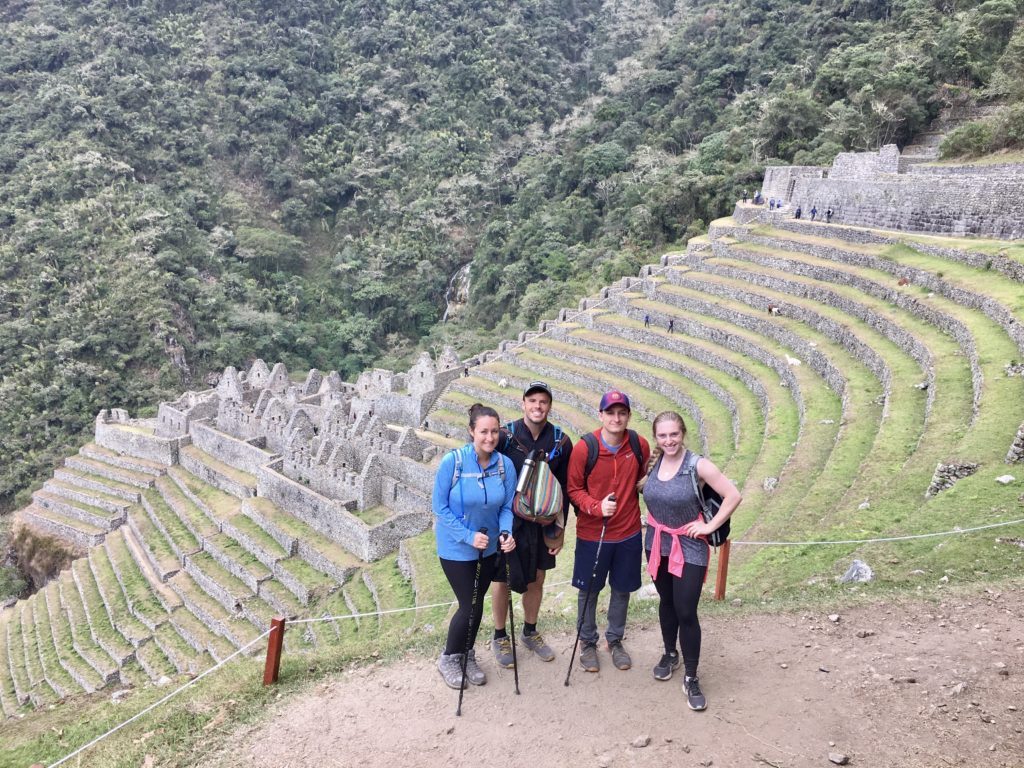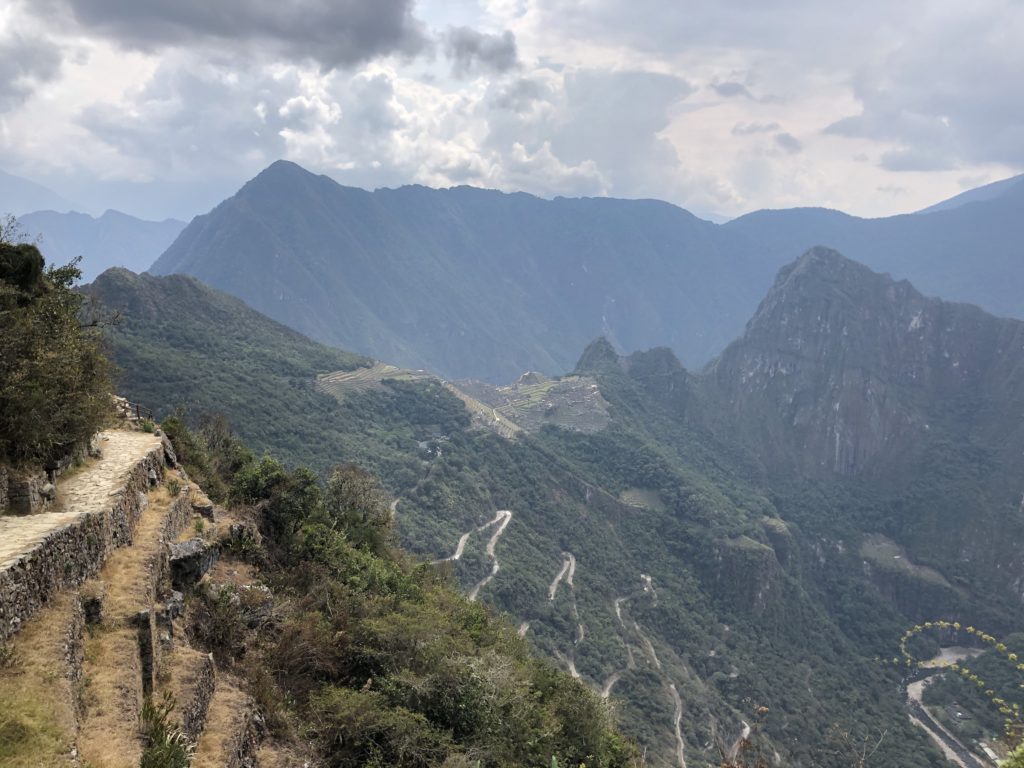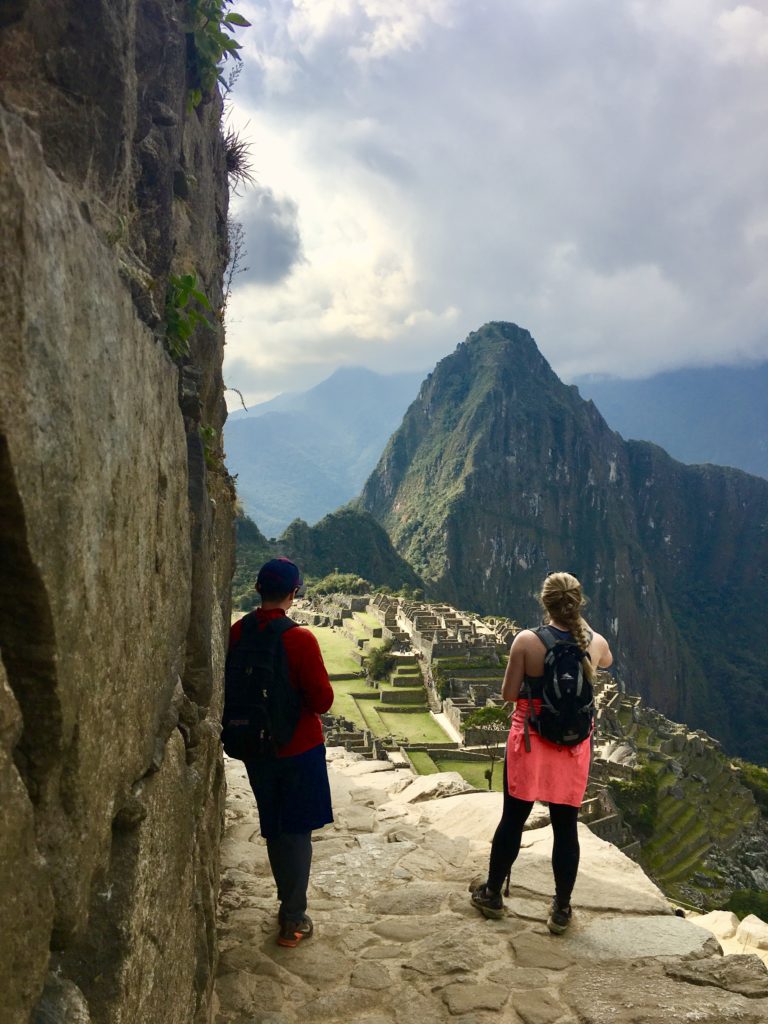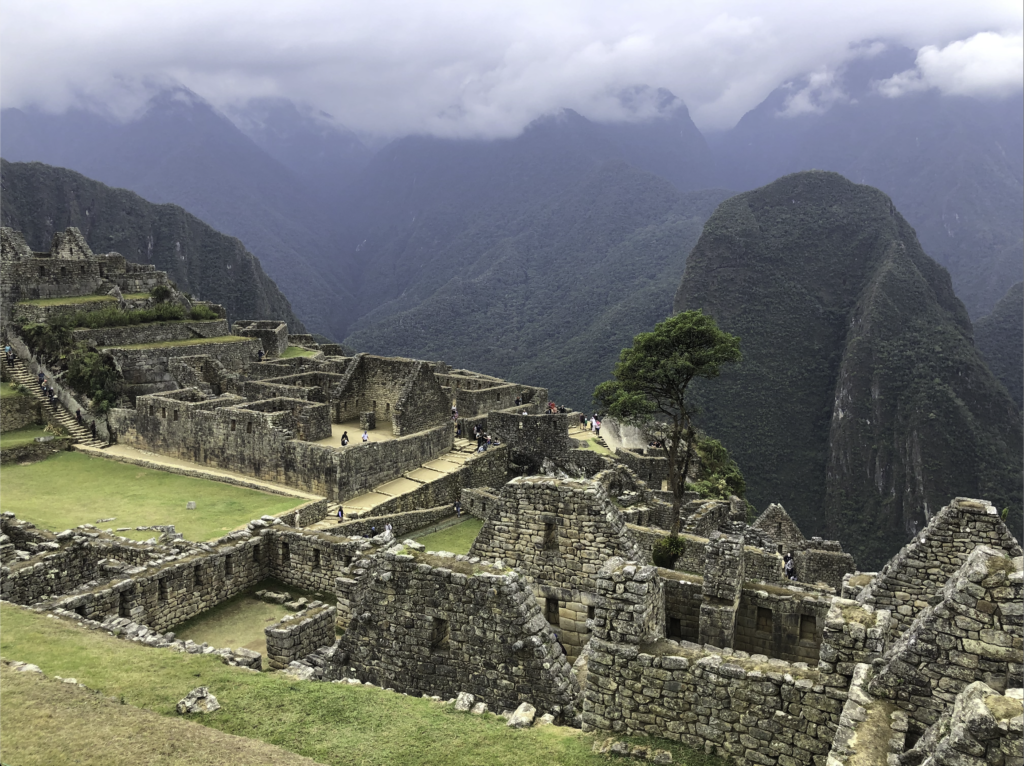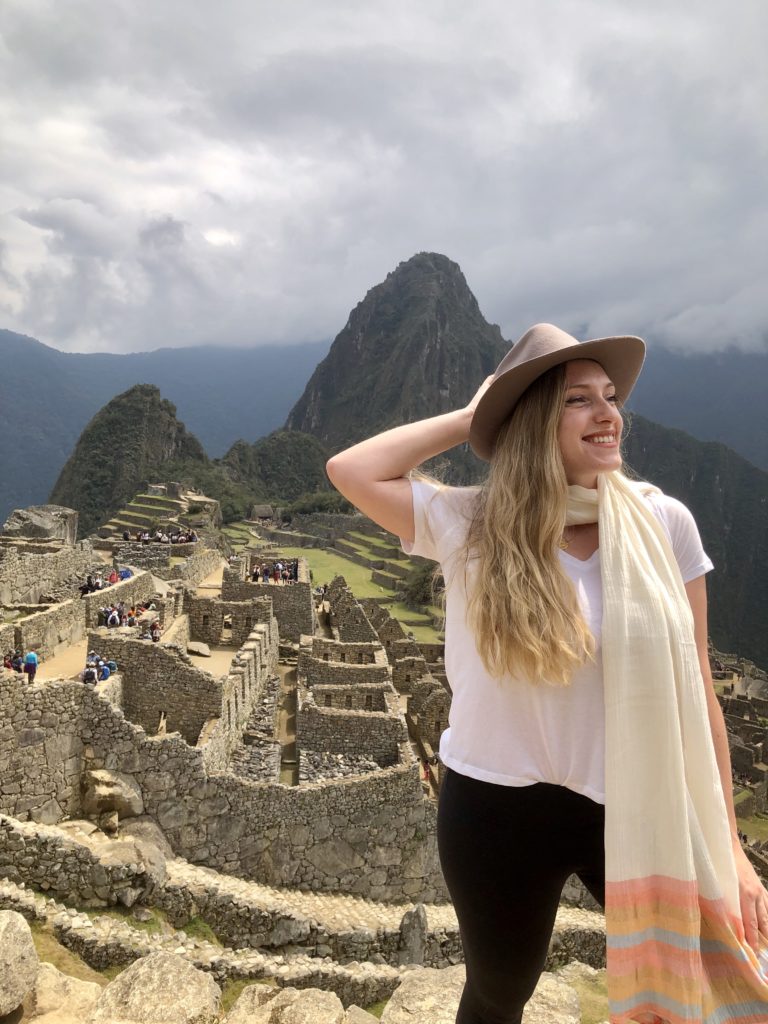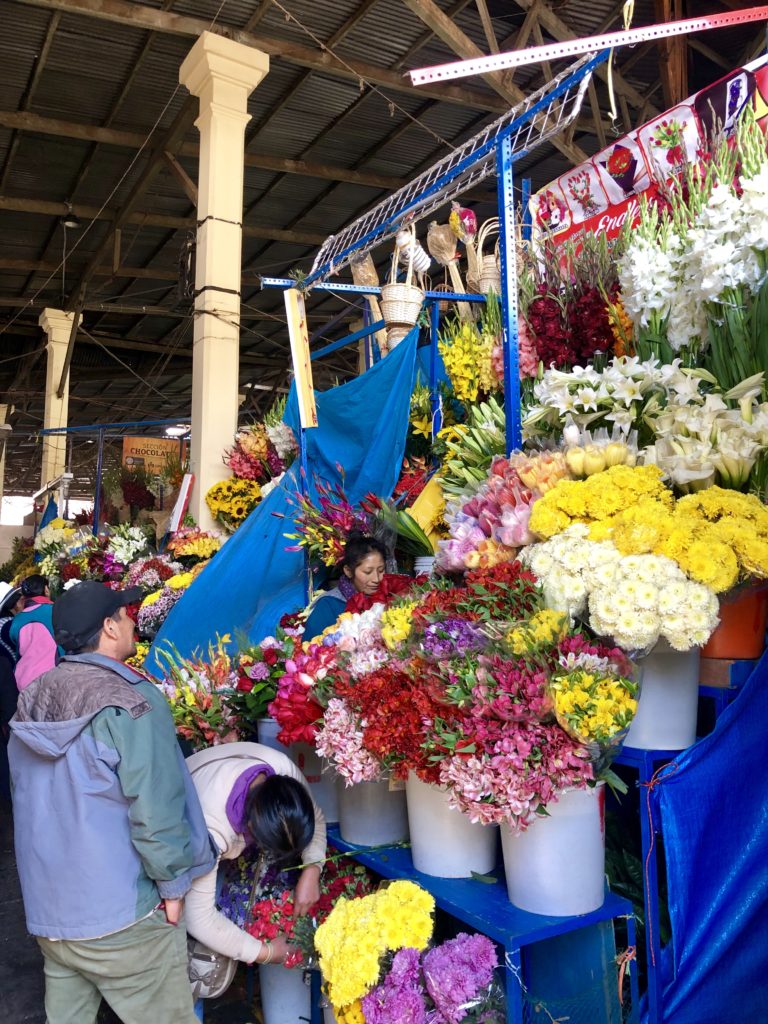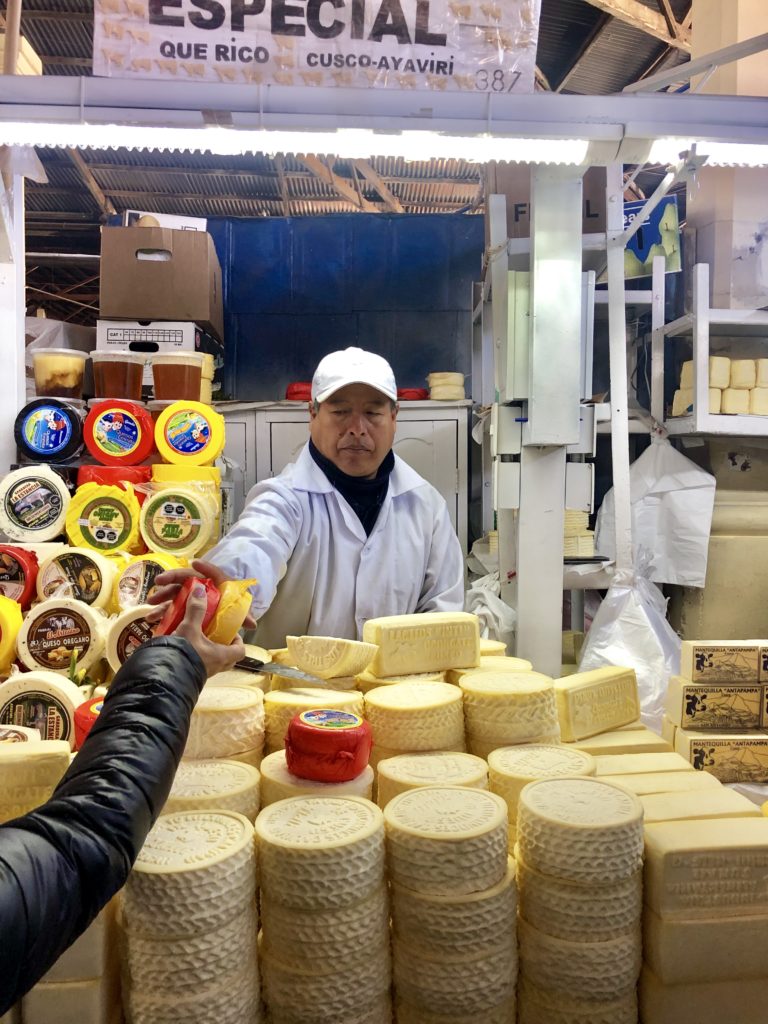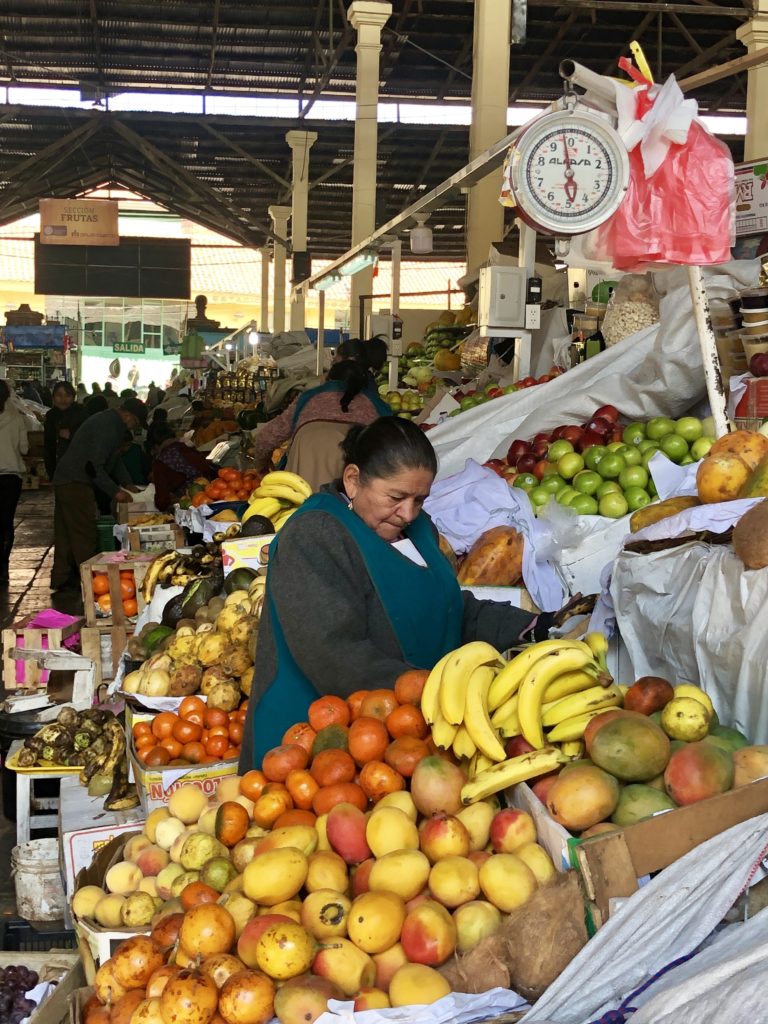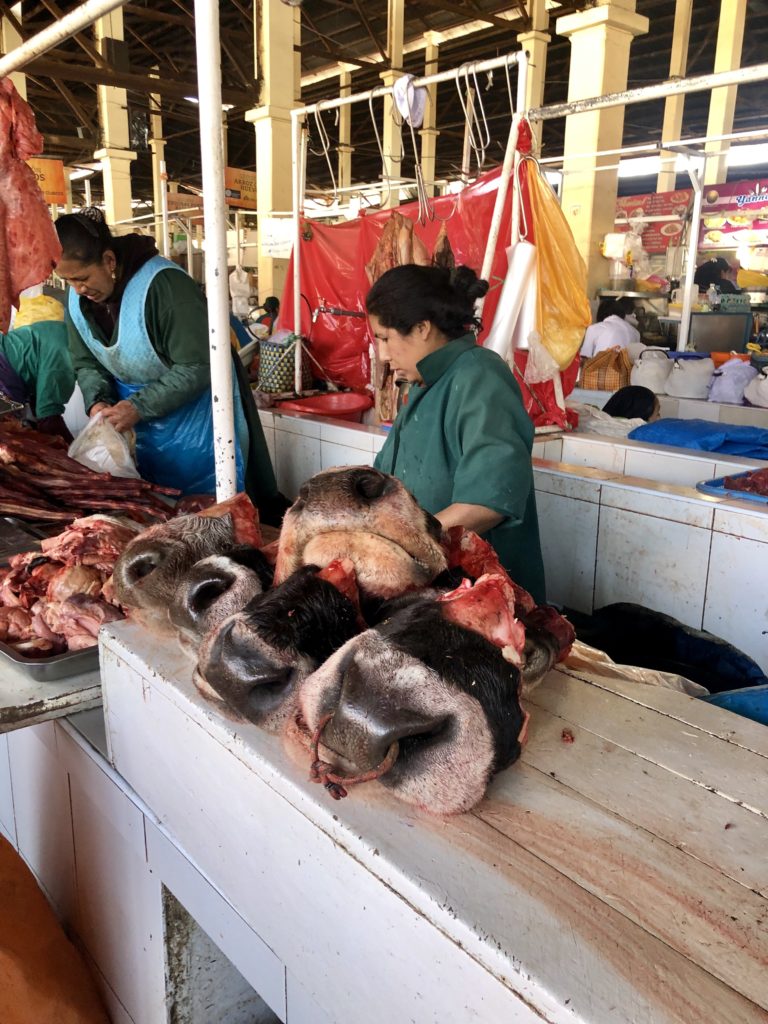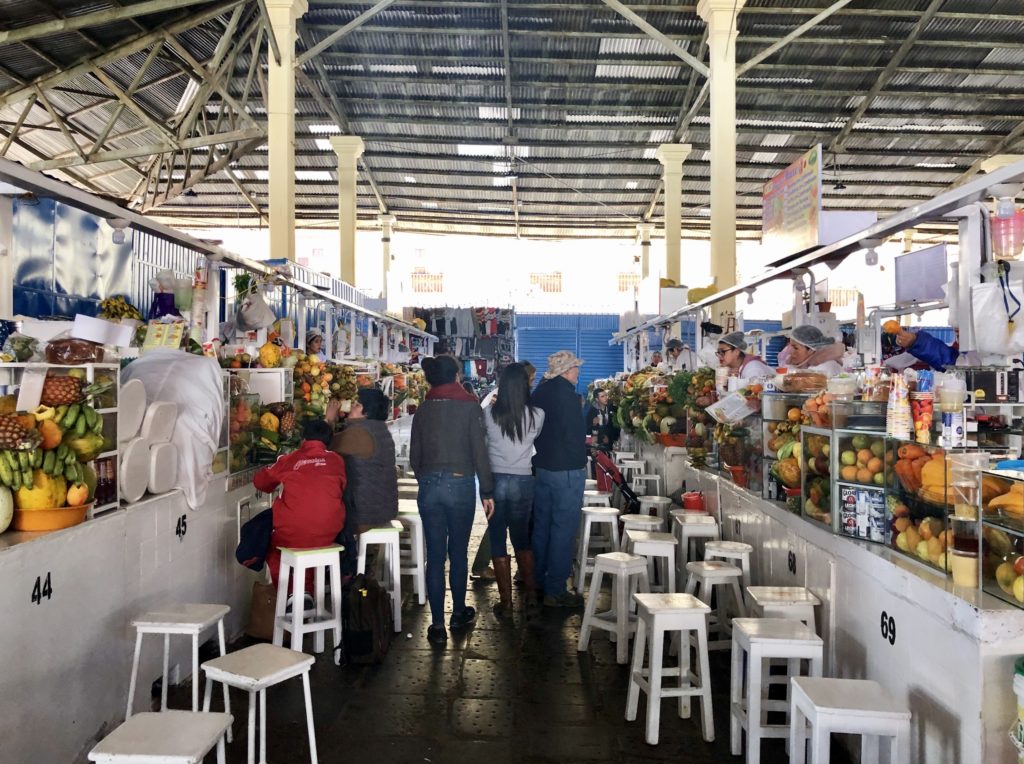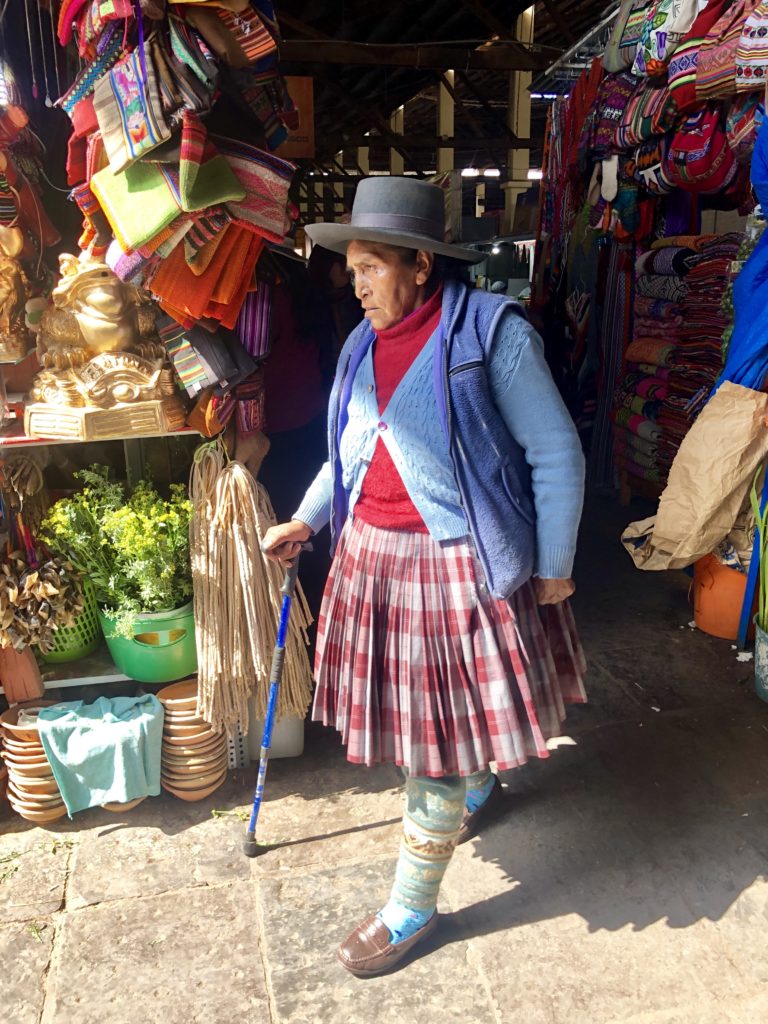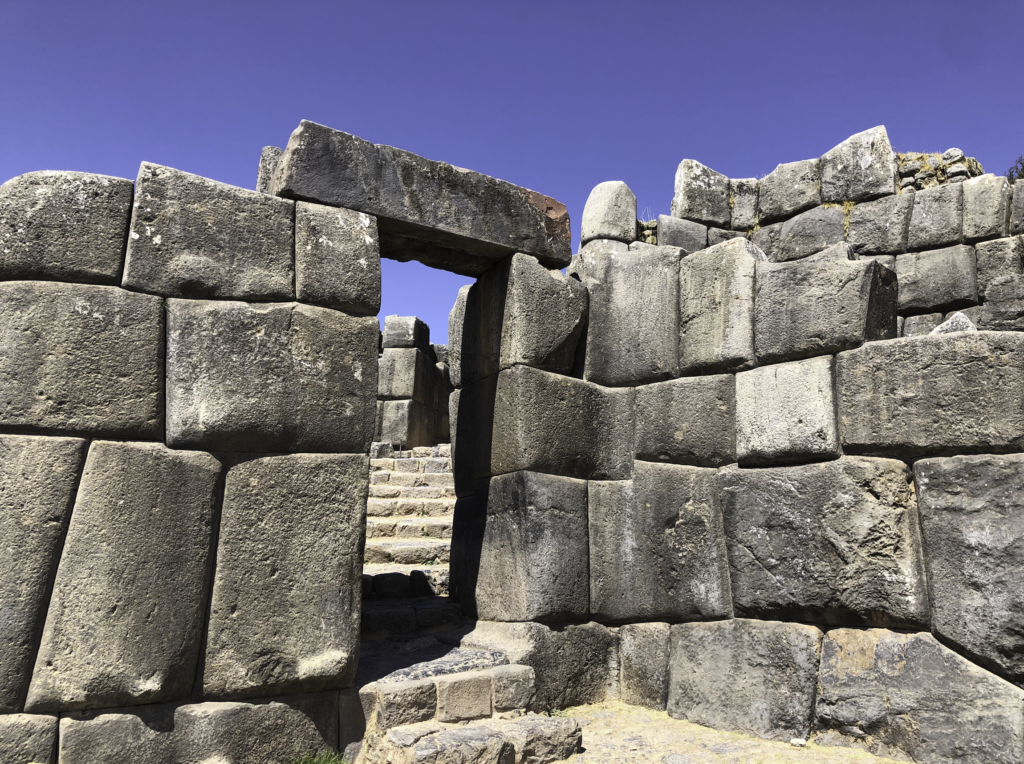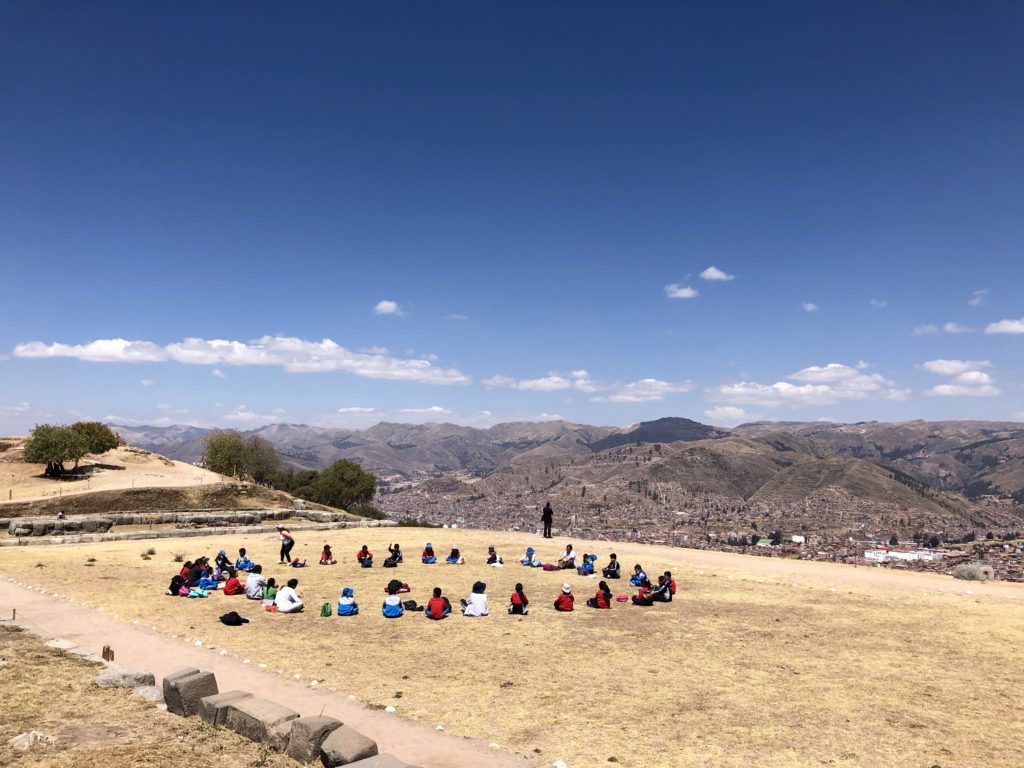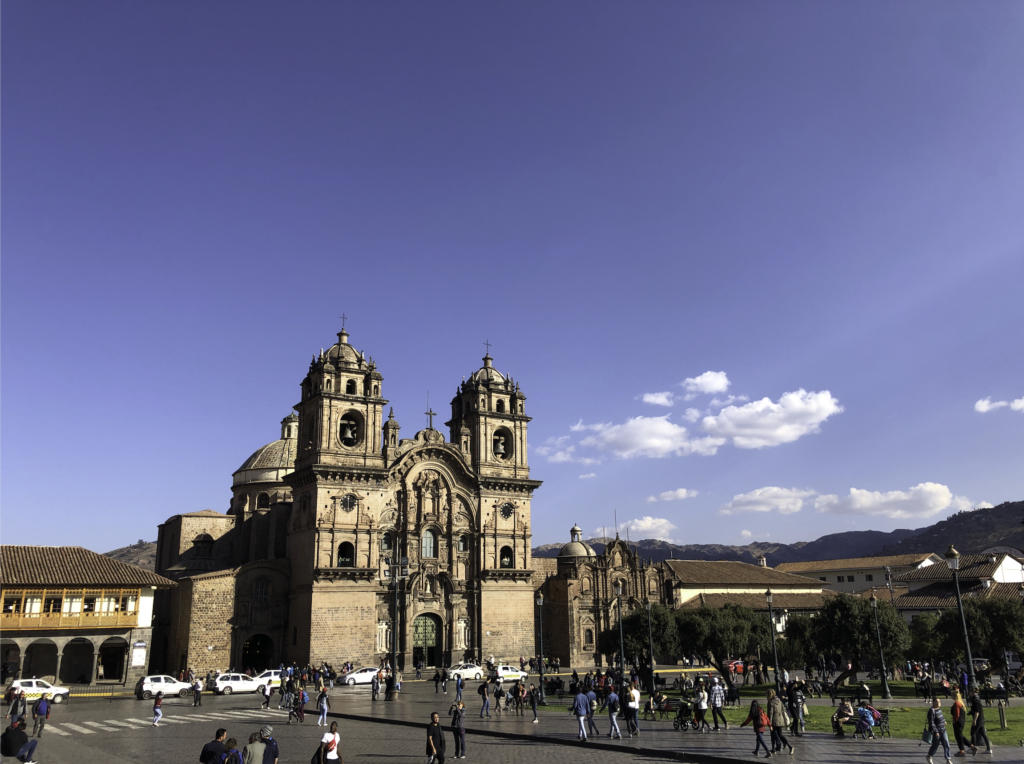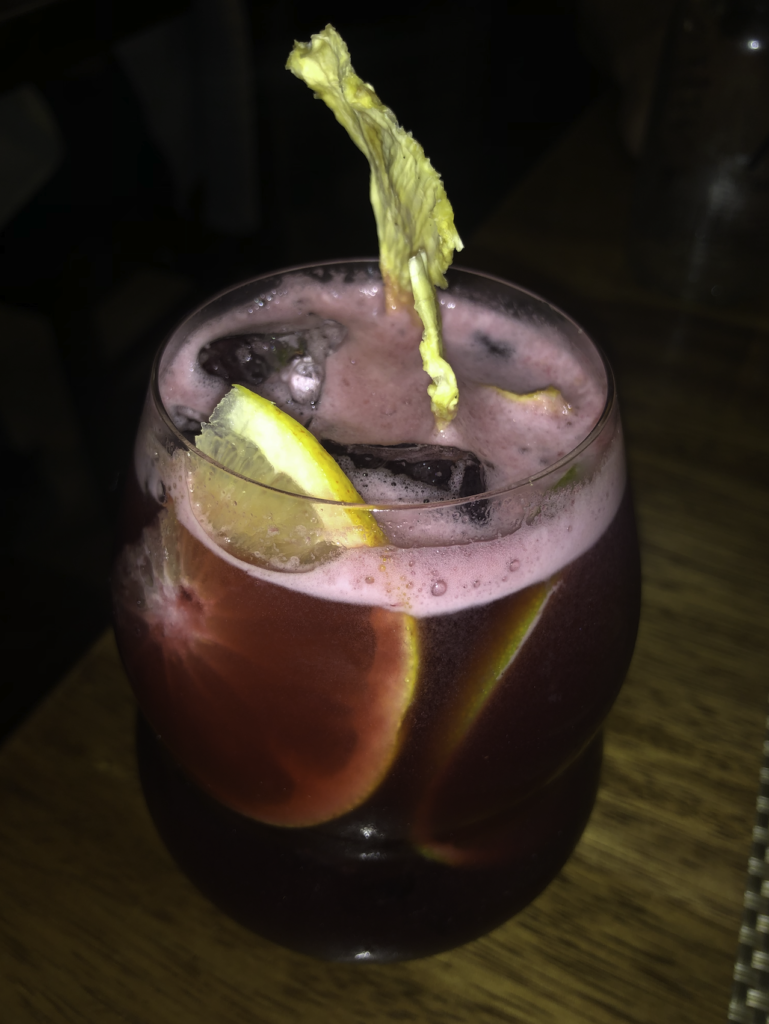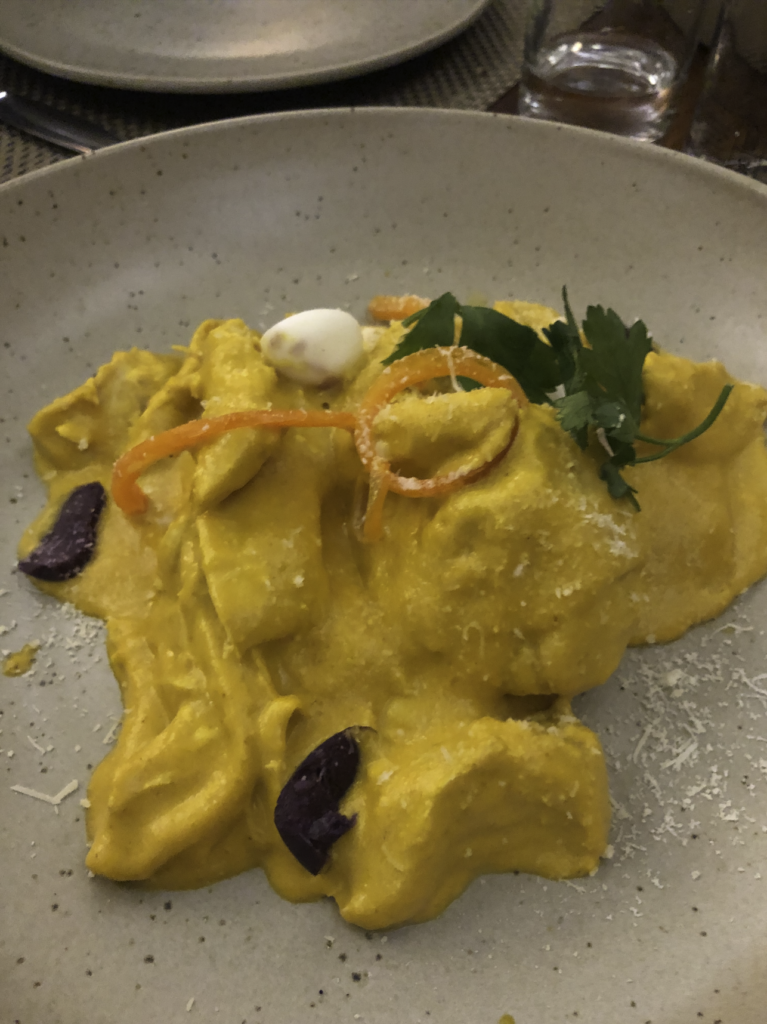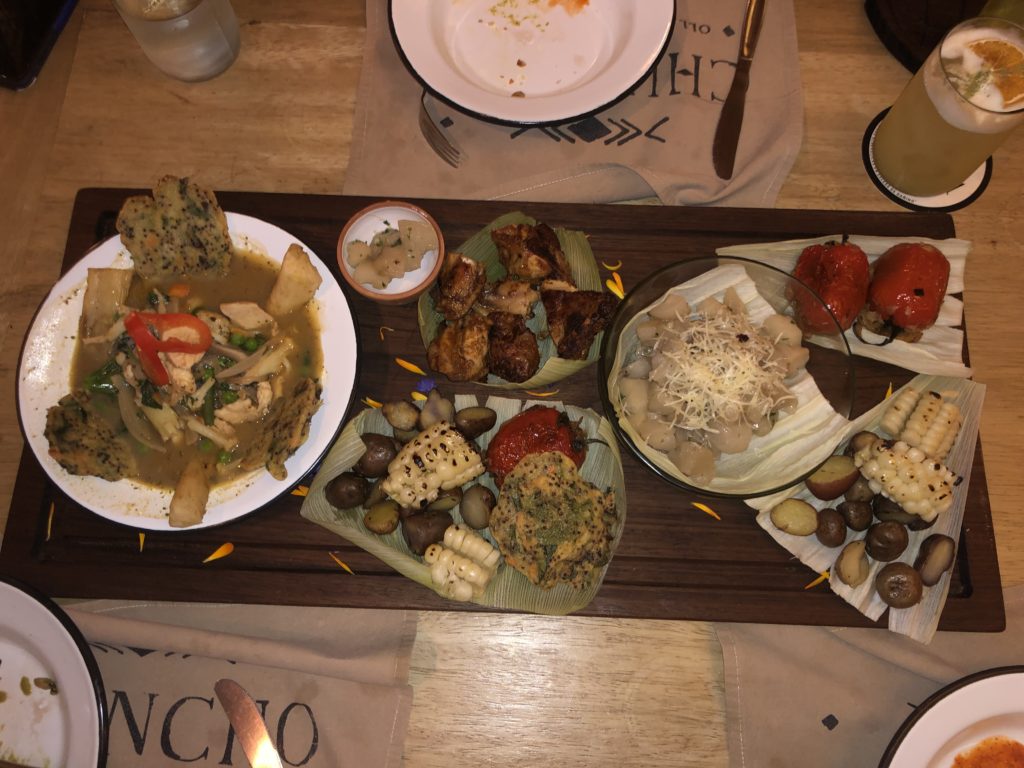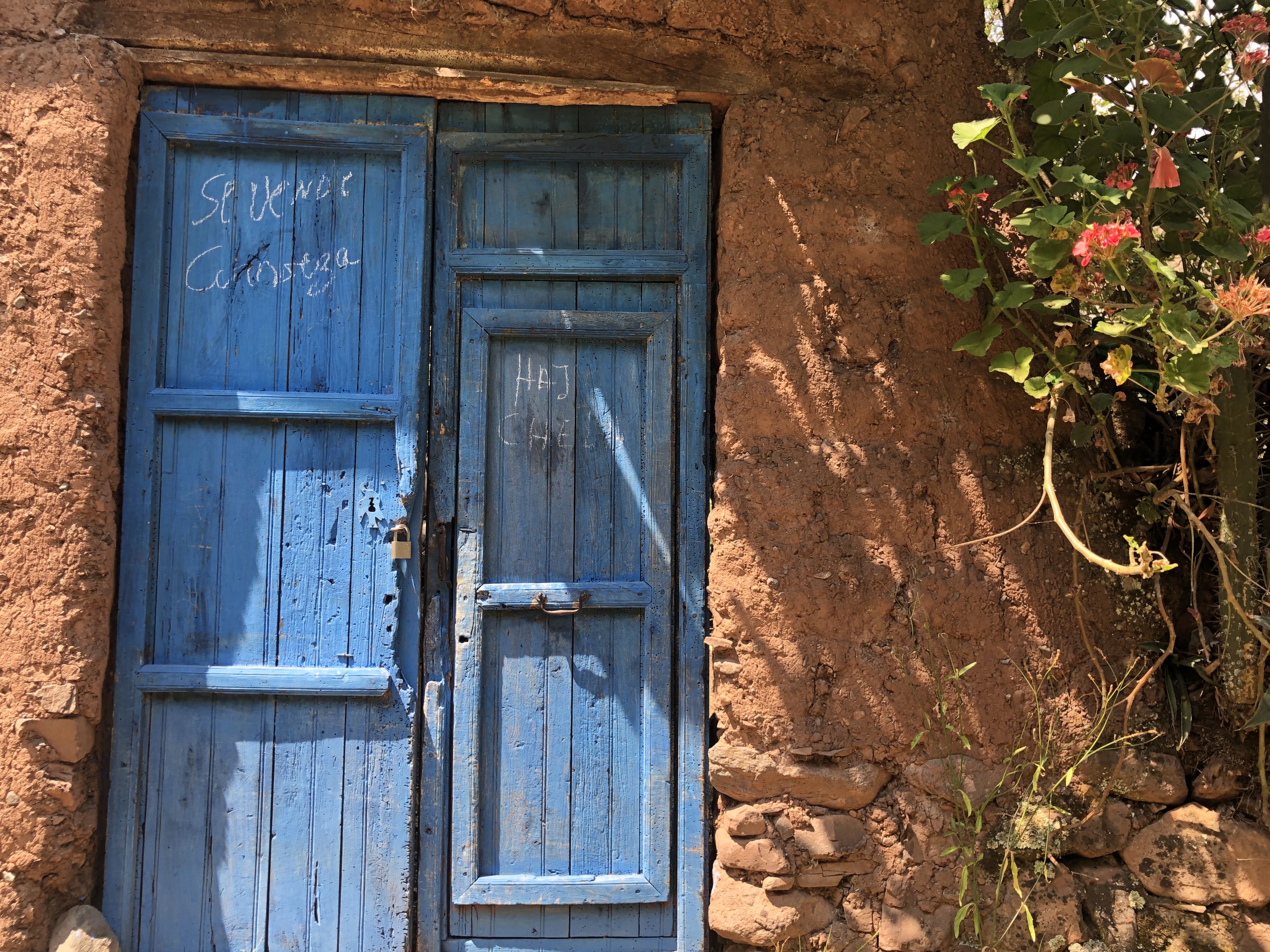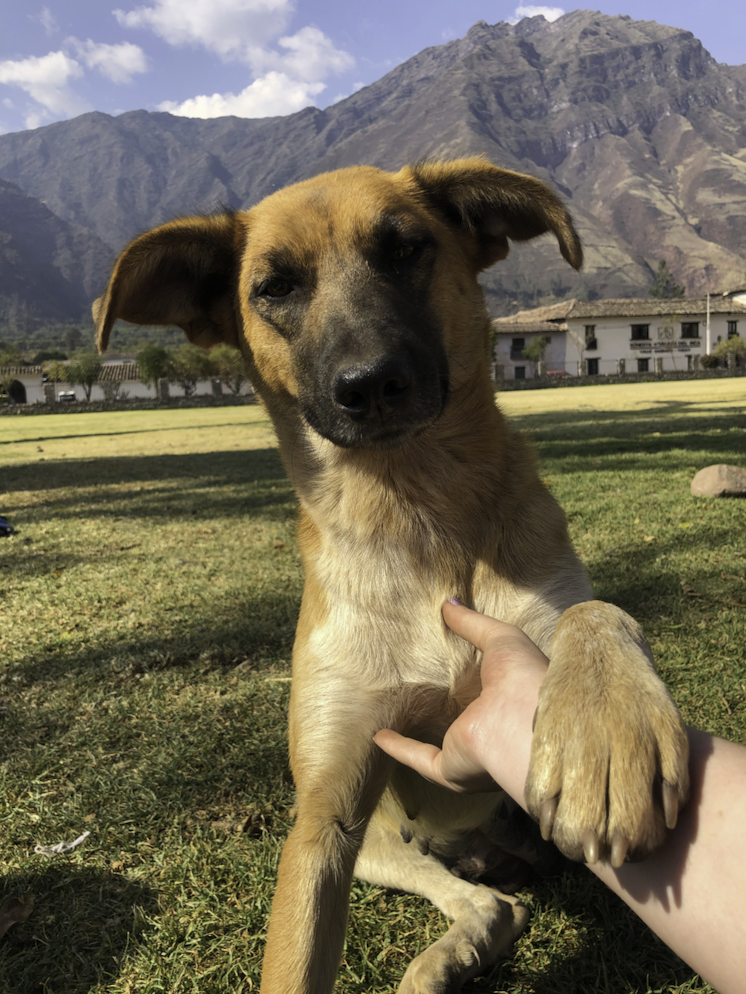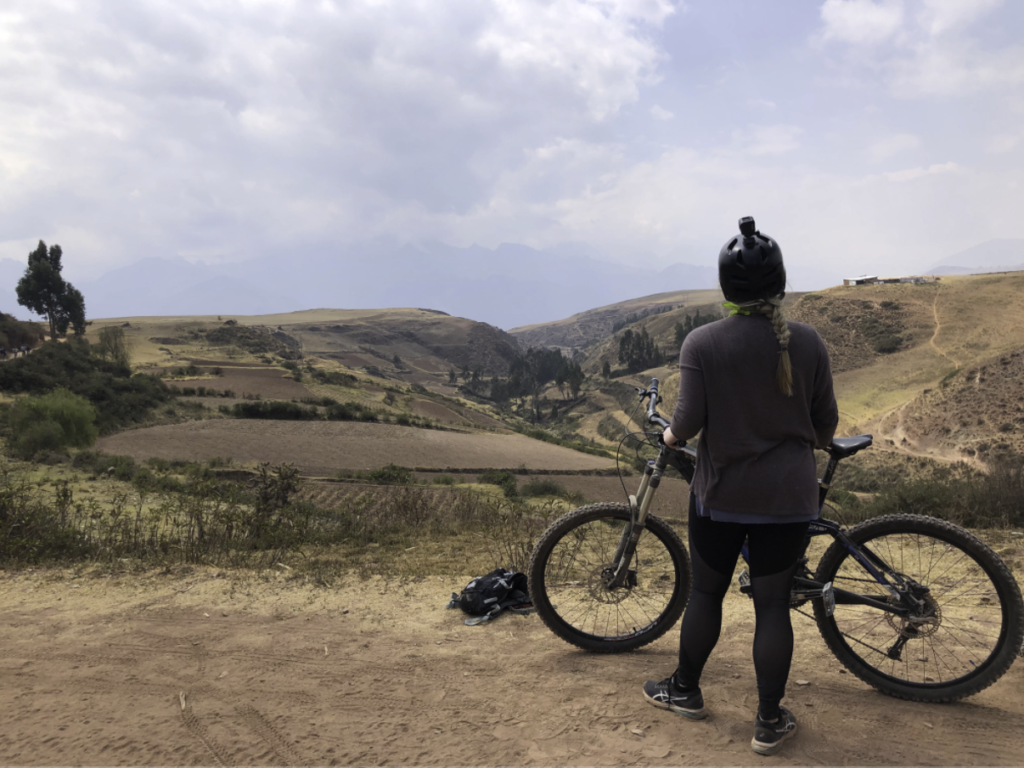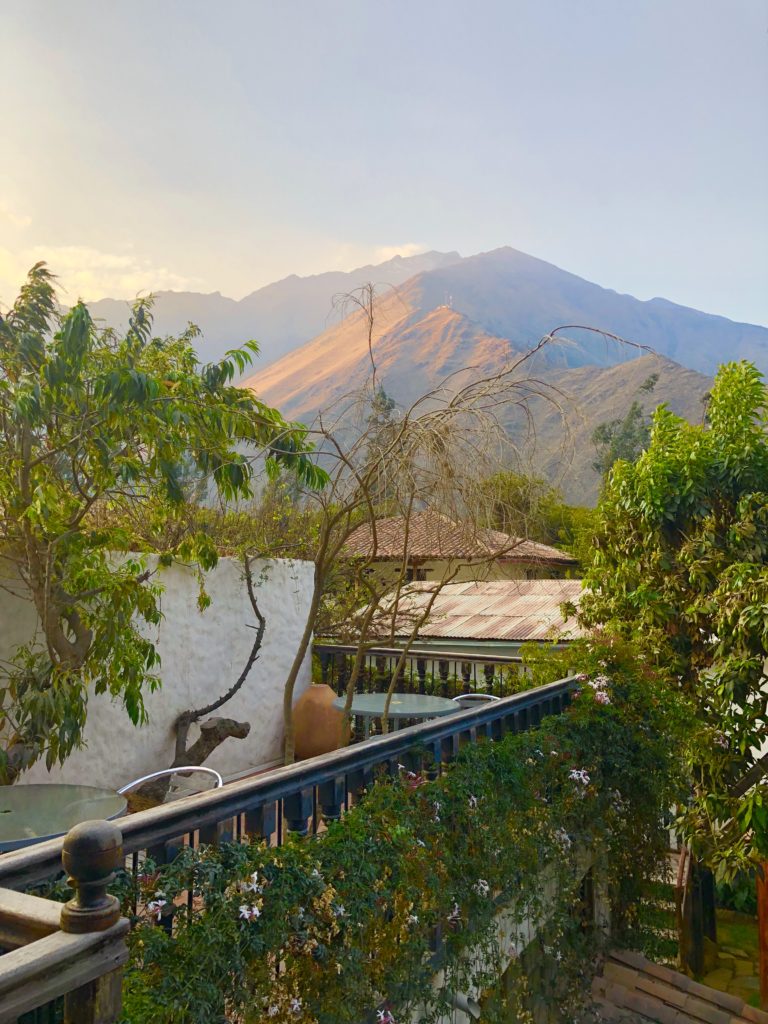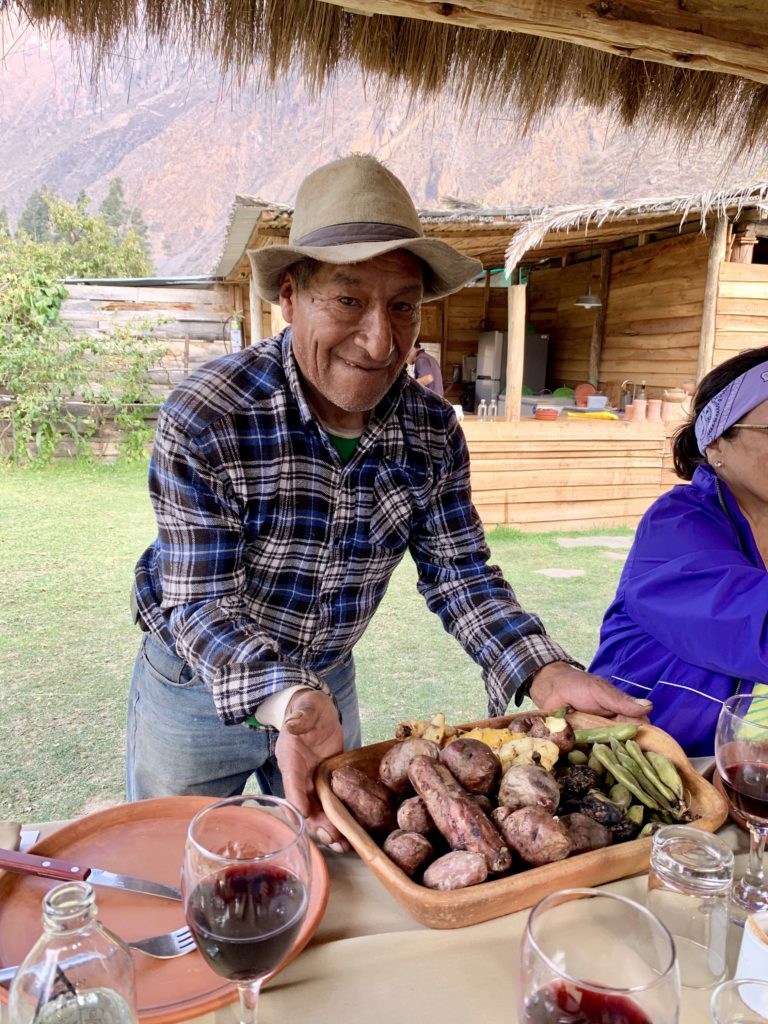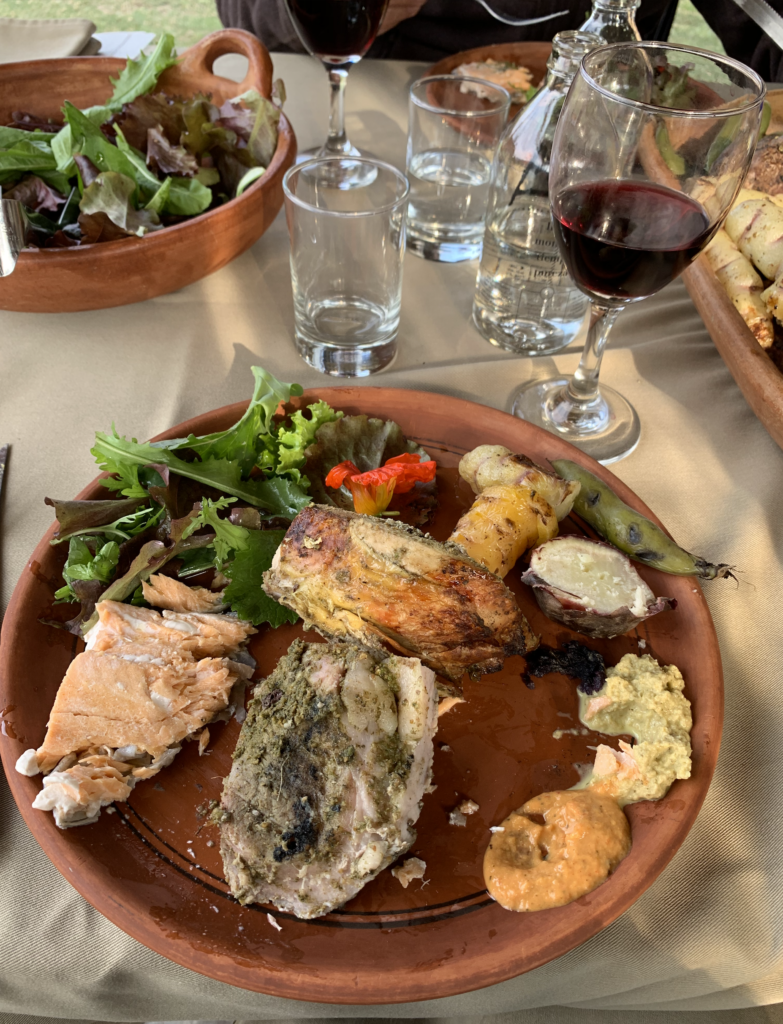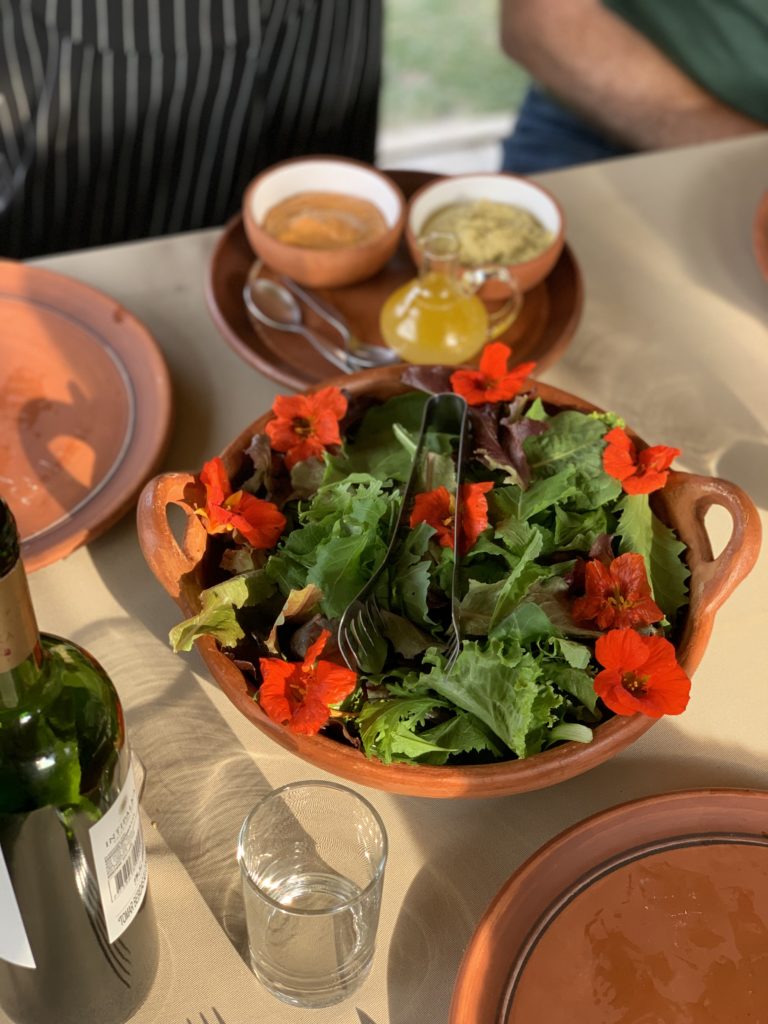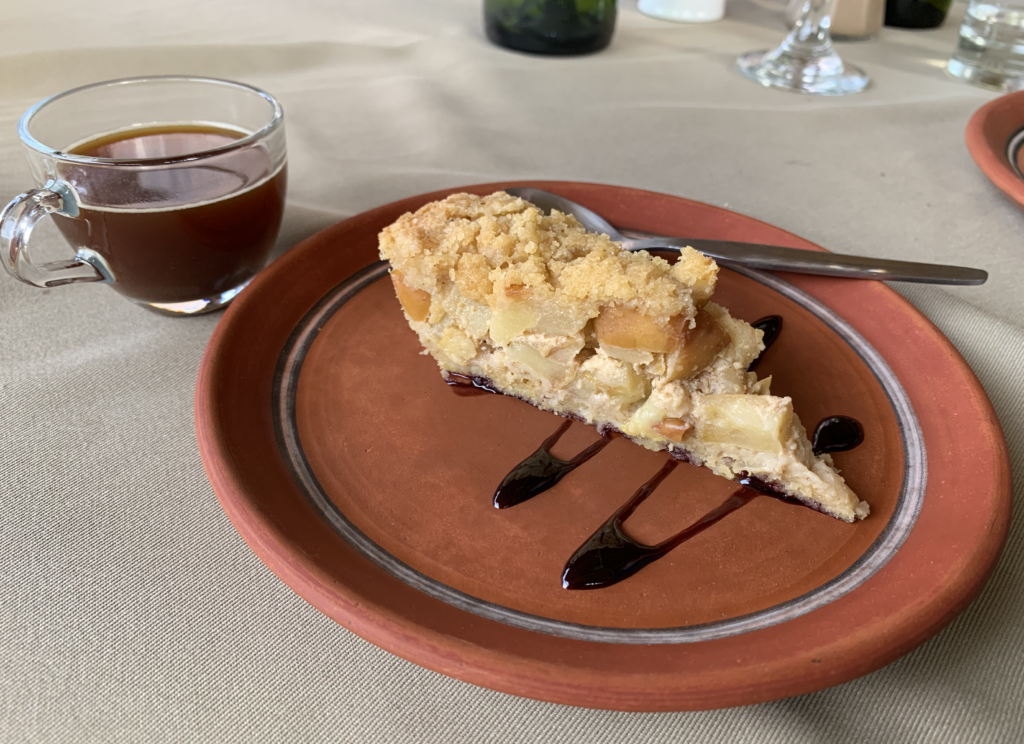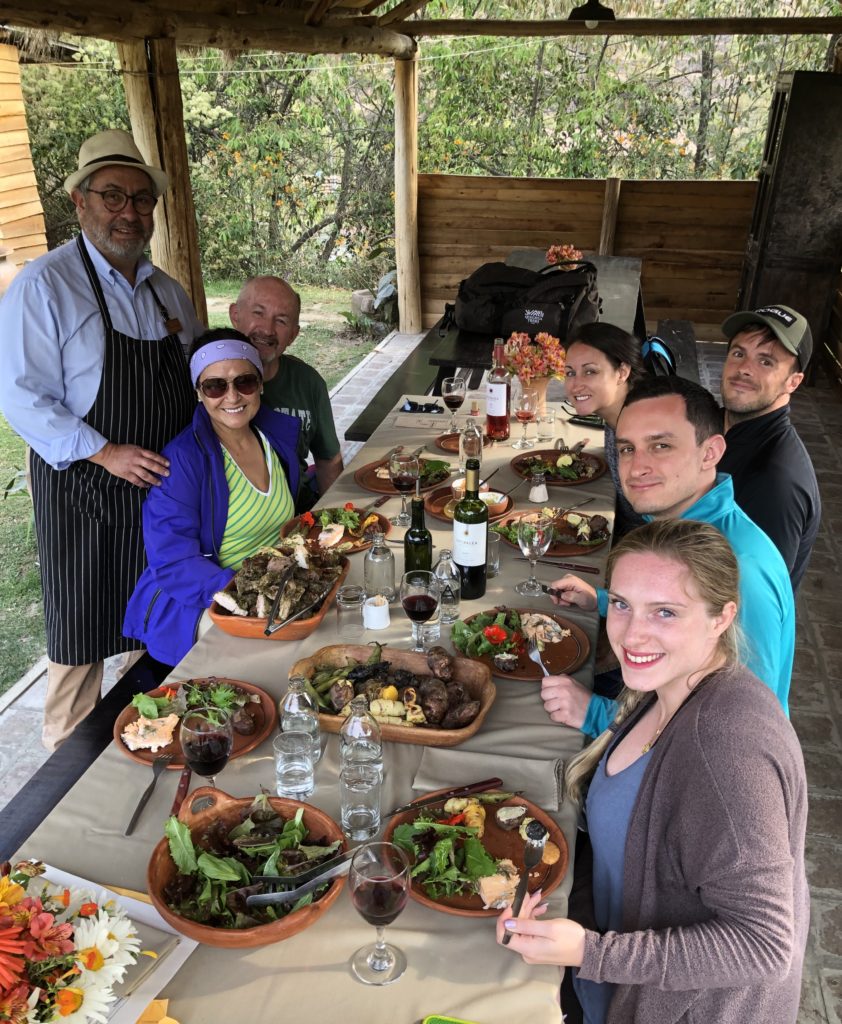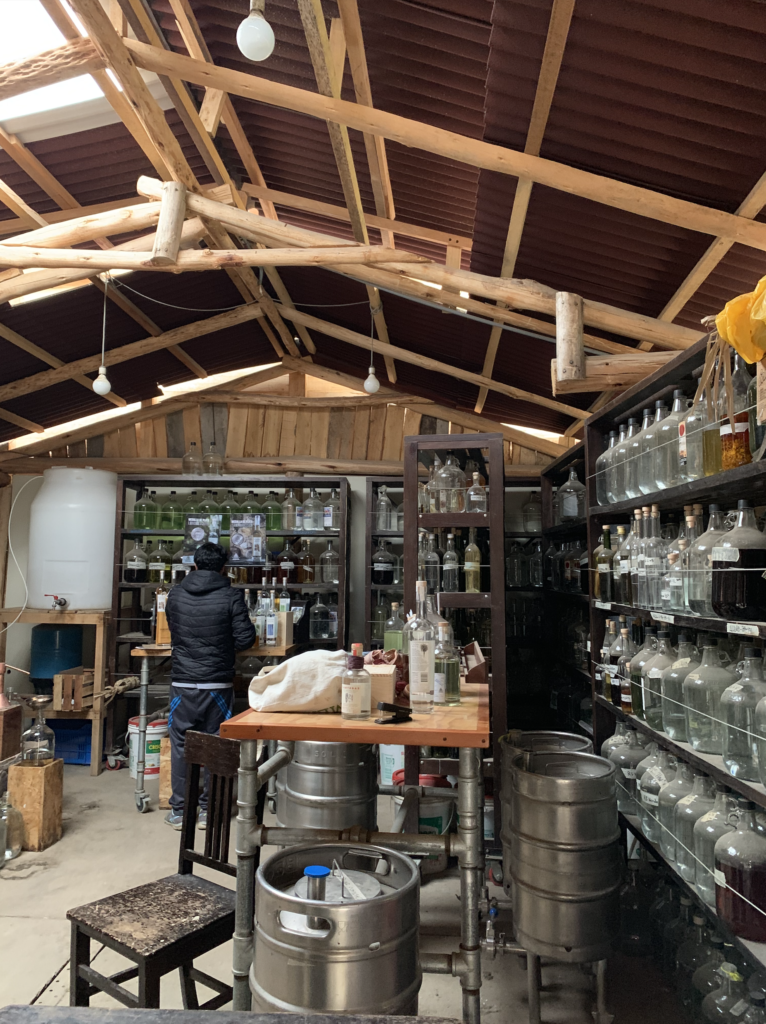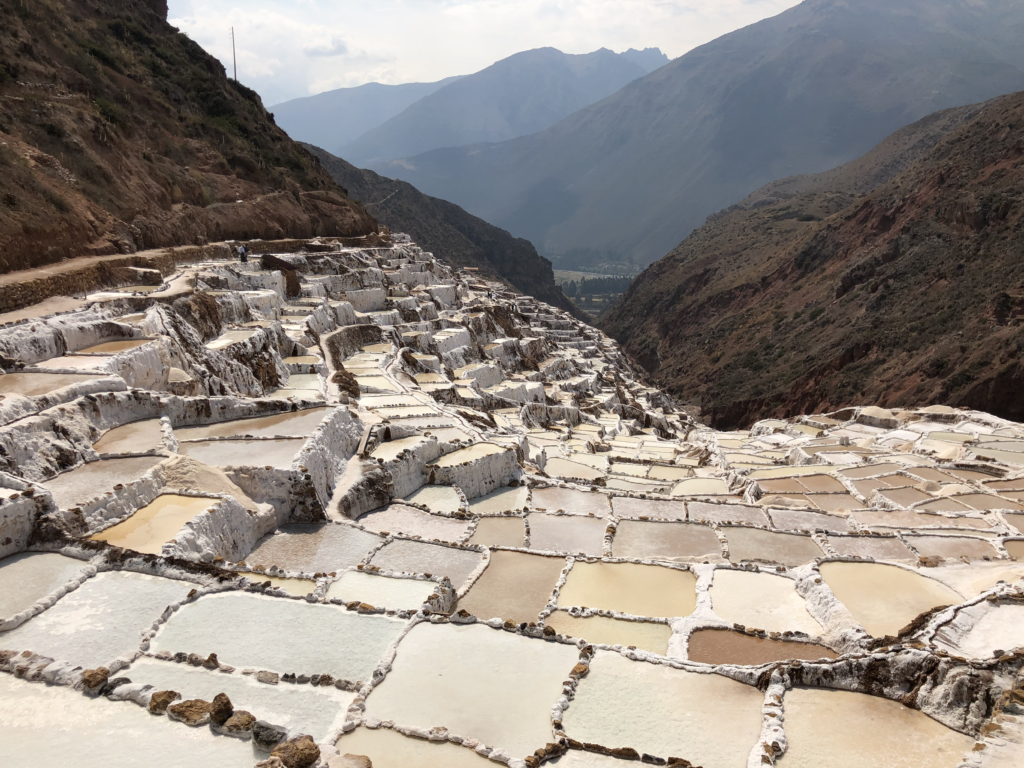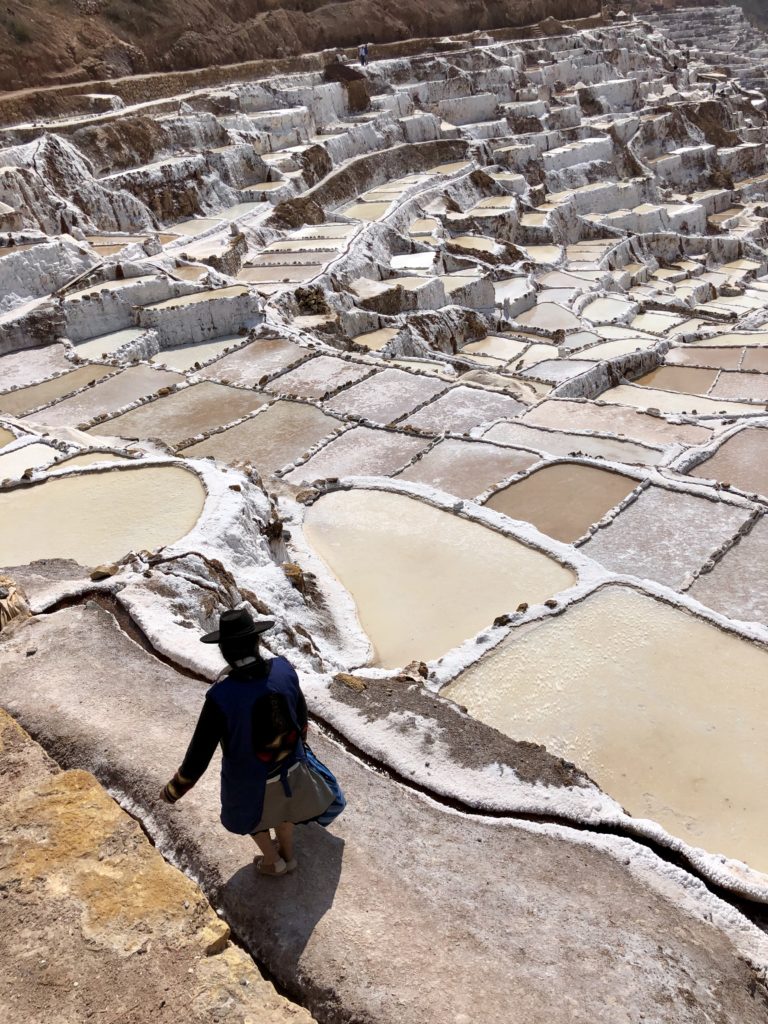Lima, the capital of Peru, is one of South America’s largest cities and sprawls along the Pacific Coast in a swirl of beautiful beaches, bustling metropolis and Colonial design.
We landed in Lima after a week of hiking, biking, backpacking and climbing around Cuzco and frankly, I was tired. If you are going to visit both Cuzco and Lima on a trip to Peru, I would ABSOLUTELY recommend doing Cuzco first. Lima is a nice treat during the second phase of your trip and it is much less intense, depending on what you do.
1. Parque Kennedy/ La Lucha Sangucheria
I am going to outline the five things I think are must do’s in Lima, trust me- you will thank me later!
Nestled in the heart of the Mira Flores district of Lima is Parque Kennedy, a small park that hosts hundreds of cats… and no one knows how they originally got there! The area is well maintained and a lot of the cats are really friendly and will even sit in your lap! Others scale trees, lay just out of reach from petting or aloofly prowl for food as cats love to do. The park was named after President John F. Kennedy in honor of the support he gave to Peru. The park is surrounded by streets of shops and is also near a shopping center called the Indian Market that has booth after booth of handmade Peruvian goods.
Also across from the market is La Lucha, a sandwich shop known for their delicious chicharrón (fried pork belly) among other favorites with chicken, beef and pork. They also sport a list of native fruit juices such as lúcuma or guanabana which are fun to try with a savory sandwich! They are open until 3 a.m. on the weekends so make sure you swing by to pet a cat and grab a juice and a sandwich on your way to some shopping!

Kitty on film 
Post-nap stretches

Lomo Fino Sandwhich 
2. Barranco

Bridge of Sighs in Barranco, Lima
Barranco, considered the most romantic and bohemian area of Lima, was my favorite district. It is home to many of Peru’s leading artists, photographers, designers and musicians. Aside from the park sculptures, intricate graffiti and cobblestone pathways that showcase Barranco’s vibrant energy- it is a place that allows for beautiful discoveries such as unique architecture, buzzing cafes and seaside landscapes. If you are looking for thriving culture and an array of restaurant choices- head to Barranco for a Pisco Sour and a stroll across the Bridge of Sighs, the wooden bridge that spans across the main area of Barranco, to see some art and watch life unfold in front of you.

A local asked me to take a “behind the scenes shot” 
In an alley 

Costal views in Barranco 
Pisco sours 

Some of the graffiti in Barranco 

3. La Candelaria (located in Barranco)

Located in within the confines of Barranco is La Candelaria, a dinner show that puts on an array of traditional Peruvian dances such as La Marinera, Huayno, and Supaypa wasin tusuq (dance of scissors). The show goes into the wee hours of the morning with one performance after another, an eccentric presenter and delicious lomo saltado which we feasted on with our pisco sours. They also have performance breaks where people are invited on stage to dance, it is a unique experience to be had and one that you do not want to miss in Lima.

4. The city center of Lima/ China town for Chifa

The city center of Lima is a colonial extravagance not to be missed. The central square known as Plaza De Armas has a lovely walking area with beautiful architecture and lots of street vendors ready to sell you keychains! The changing of the guard is every day at 11:45am, we missed it due to security reasons but if you plan your day around the city center make sure to meander over around that time.

Also nearby is one of the city centers main tourist attractions, the Church and Cathedral of San Francisco. I wont advise you to visit the catacombs if you are claustrophobic- I am and it was challenging to weave myself down into the eerie darkness of the catacombs without having a panic attack. However, I love history (especially morbid history… I know I’m a weirdo) and the story behind the troughs and troughs of bones is this: Wealthy Limeños thought that their final resting place would be in plots purchased beneath the monastery. The catacombs ran out of room eventually but were still burying wealthy catholics on top of each other. Now the bones are arranged in patterned formation and displays fragments of the rumored 75,000 souls buried in these dark trenches.
After the sinister bones display, we worked up an appetite!! So we headed over to China Town…
Whilst in China town we feasted on Chifa. I was not prepared for the Chifa pleasures awaiting me in Lima. The food was so fresh and flavorful. It’s literally the best Chinese food I’ve ever had in my life. It was super fresh, the portions were HUGE and the table spun so there is always the option of stealing the last dumpling from across the table! Chinese immigrants came to Peru in the early 20th century and infused their traditions with Peruvian cuisine making a culinary child worthy of the gods… and my taste buds. Make sure to stop in China town for some Chifa dishes on the way through the city center of Lima!
5. Paracas, Ica and the Huacachina Desert

The small coastal town of Paracas is a spot that is overlooked in many travel itineraries but not something to be missed. It lies in the Ica region which is 152 miles from Lima. The streets of the town host restaurants, shops and hostels but the main attraction is the boat tour (which you should book in advance) that you can take to Islas Ballestas to see lots of sea life such as penguins, seals and various types of birds. The boat tour lasts about two hours and covers three islands. Tip: Don’t leave your mouth hanging open, the birds chose victims a plenty as the tour boats innocently float beneath their prepped and feathered… wings.

Another treat on the tour is seeing the Nazca lines carved into the side of the first island called the candelbra which was made around 200 BCE! No one is sure how exactly the ancient people of Paracas constructed this drawing, but they were aware of the wind direction and because of that, the drawing has never withered away.

Another thing we all learned is that seals make noises that sound like they “want to speak to a manager.” I was mind blown by the sounds that come out of their mouth… (video below).
Huacachina Desert

The Huacachina desert is a tiny oasis surrounded by sand dunes in southwestern Peru. The village itself only has a population of 100 people but thousands of tourists visit every year. For this reason there are a fair amount of party hostels, bars and restaurants that surround the lagoon that sits in the center of town.

Legend has it that the lagoon was created because a beautiful native princess took off her clothing to bathe but saw a male hunter approaching from behind through her mirror. She was startled and ran from the area but left behind her mirror which turned into the lake. The woman is rumored to still live in the oasis as a mermaid!
We took a bus tour called Peru Hop that left from Lima and stopped in Ica and then Huacachina. It was a very full day of adventure and the tour guide was very nice. However the tour itself was a little like hurding cattle and it felt extremely rushed. We had to rush through lunch when we got to Huacachina to do our dune buggy ride. So if I went back again I would go to Huacachina seperatley and spend the night in order to have a day of relaxing and heading up into the dunes at my own pace.

Dramatic hair flip at sunset 

Dune buggy racing 
Sand boarding
With that being said the actual dune buggy ride was a blast! I do wish we had had a little more time to explore the dunes and walk around but we raced around with our driver on the dunes and had the option of sand boarding which I didn’t opt to do because I didn’t want a mouth full of sand. When our tour was done and we drove back into town I had sand on very orfiice of my body. Hair, shoes, mouth, underwear. So be prepared to get covered. I dumped probably a pound out of each shoe when we got back to the bus to head back to Lima.

The entire time we were on the dunes I couldn’t help but think about how much my dad would have loved it. He always wanted to ride dune buggies in Traverse City, Michigan with me but we just never got around to it. I know he was smiling down at me and getting a kick out of all of us screaming on the buggies and dumping sand out of our shoes. Our buggy ride ended in serenity, watching the sunset between the dunes.
Peru is a fantastic country with SO much to offer. Although we were there for two weeks I could have easily spent a month and had plenty to do, see and taste! What stories do you have about your travels to Peru?

